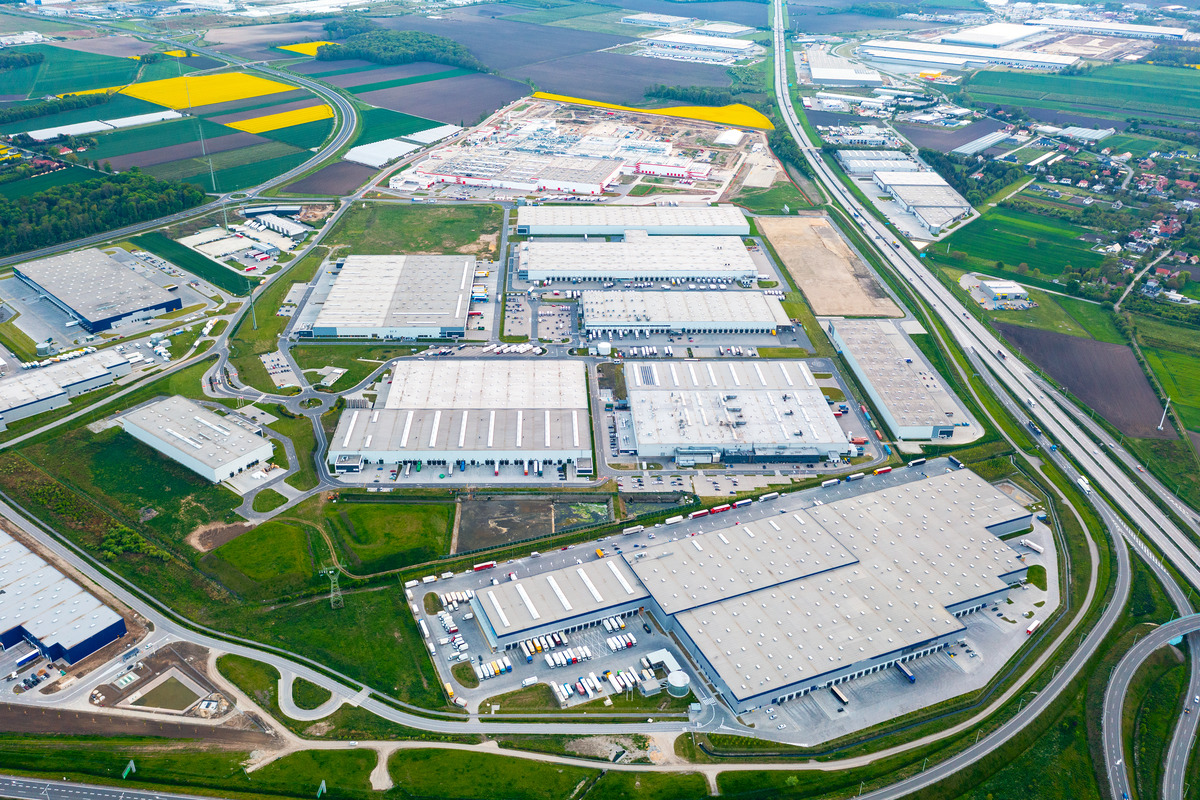The complexities of buying industrial land shouldn’t be understated. It’s an important decision, one that demands due diligence and deep consideration of various factors. Industrial land, unlike residential or commercial properties, has characteristics that make it a unique venture, requiring a keen eye and comprehensive understanding of industrial real estate. This kind of land, often underestimated, is a vehicle that can drive significant returns when invested wisely. So, what are these factors that demand careful scrutiny before you take the plunge into purchasing industrial land? Let’s explore.
Understanding Industrial Real Estate
Industrial real estate is a vital segment of the property market encompassing the land and buildings used for manufacturing, production, distribution, and storage-related businesses. The key distinction lies in its utilization; think warehouses, factories, distribution hubs – infrastructure that is generally more utilitarian-focused. Grasping the purpose of industrial land broadens your understanding of its value proposition. The unique features and potential uses of an industrial lot are what transform it from mere land into a strategic asset.
Key Factor 1: Location of Industrial Land
Now, location emerges as the first key factor to check off your list when considering industrial land. The proverbial ‘location, location, location’ transcends residential real estate and asserts its dominance in the industrial sphere as well. A location that offers proximity to significant transportation hubs, suppliers, and a robust labor market can be the difference between operational efficiency and unnecessary hurdles. A strategic location not only enhances logistical ease but also serves as a long-term driver for profitability. Right placement, therefore, is foundational to success in industrial real estate investing
Key Factor 2: Industrial Land Use Regulations
Land use regulations and zoning laws play a pivotal role in the world of industrial real estate. These legal guidelines determine the permissible uses of your industrial land. Not only do they dictate what you can do with your property but they also highlight what is prohibited, within municipal or regional guidelines. It’s crucial to grasp these regulations beforehand to avoid unexpected complications in the future.
Therefore, it’s advisable to get in touch with local government bodies or professional real estate consultants. Their guidance can shed light on these regulations, ensuring you fully understand what you’re heading into. Having this knowledge in your arsenal will equip you to navigate through the ins and outs of the investment with confidence.
Key Factor 3: Accessibility of Industrial Land
Accessibility is our third cornerstone factor when considering industrial land purchase. This goes beyond the site’s location; it pertains to the ease of movement to, from, and within the property. Companies treasure accessibility as it’s a key player in the smooth operation of their business.
Industrial operations often hinge heavily on transport logistics, making the nearness to freeways, rail links, and ports a major influencer on the site’s attractiveness for prospective businesses. A clear understanding of the layout and accessibility of the surrounding transportation network is, therefore, essential.
In addition, you should not overlook the land’s infrastructure readiness. Infrastructure access, including utilities, water, and sewage systems, is as fundamental as the logistical aspects. Be sure to evaluate these aspects to prevent future operational difficulties that could hamper the returns on your investment.
Key Factor 4: Environmental Considerations
The fourth factor to consider is environmental implications, often overlooked, but of immense significance when dealing with industrial land. Potential environmental challenges like soil contamination, water drainage issues, or any form of ecological impact need careful evaluation before purchase.
To help you navigate this, an Environmental Site Assessment (ESA) can be incredibly useful. This assessment identifies potential or existing environmental contamination liabilities, thus, saving you from legal trouble or business interruptions in the future. Understanding the land’s environmental history and potential future impacts is crucial to making an informed investment decision.
Key Factor 5: Future Growth Potential
As we reach the final key factor, we delve into the future growth potential of the industrial land. Investing in it isn’t solely a present-time endeavor but an exercise in long-term forecasting. This facet invites you to assess the scope for expansion or redevelopment, factors that could elevate your return on investment significantly.
To gauge the future viability of your potential land, it’s important to examine local market trends, upcoming development plans, and shifts in demographics. Investing in it requires an eye towards tomorrow, scanning the horizon for changes that might turn your calculated investment into an extraordinary success story.
Key Takeaway
Bringing these critical elements together, we can conclude that purchasing industrial land is indeed a significant decision, one that calls for thoughtful consideration and meticulous inspection. The earlier laid out factors – location, land use regulations, accessibility, environmental considerations, and future growth potential – form a comprehensive blueprint to guide you through the process. From today’s viability to tomorrow’s prosperity, these facets of an investment ensure that your choice of industrial land becomes a fruitful asset rather than an avoidable liability.

